You can simply calculate the murder rate and create a label column that just contains the abb for the state/district with the highest rate.
library(tidyverse)
library(dslabs) # for murders dataset
murders %>%
mutate(murder_per_capita = total/population) %>%
mutate(label = if_else(murder_per_capita == max(murder_per_capita), abb, NA_character_)) %>%
ggplot(aes(x = population/10^6, y = total)) +
geom_point(aes(color = region)) +
xlab("population in millions") +
ylab("murders") +
ggtitle("US murders by state") +
geom_smooth(method = lm, se = FALSE) +
geom_text(aes(label = label))

Created on 2022-09-25 by the reprex package (v2.0.1)
However, given the roughly log-normal distribution of these variables, I think it would make more sense to show this plot with log-transformed axes. It both helps you satisfy the basic assumptions of linear regression and also makes it more clear how much of an outlier DC is:
qqnorm(log10(murders$population), main = "Log-normality of population")

qqnorm(log10(murders$total), main = "Log-normality of murders")

murders %>%
mutate(murder_per_capita = total/population) %>%
mutate(label = if_else(murder_per_capita == max(murder_per_capita), abb, NA_character_)) %>%
ggplot(aes(x = population/10^6, y = total)) +
scale_x_log10("population in millions") +
scale_y_log10("murders") +
geom_point(aes(color = region)) +
ggtitle("US murders by state") +
geom_smooth(method = lm, se = FALSE) +
geom_text(aes(label = label))

Created on 2022-09-25 by the reprex package (v2.0.1)



